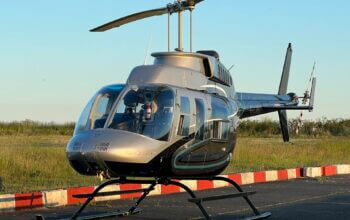Estimated reading time 8 minutes, 3 seconds.
Since its first flight as Trans-Canada Air Lines on Sept. 1, 1937, Air Canada has operated aircraft that have been among the most advanced designs of their era. It was the first North American airline to introduce turbine-powered equipment (Vickers Viscount in December 1954), the first Canadian carrier to obtain a jetliner (Douglas DC-8 in February 1960), and the first Canadian airline to receive a jumbo jet (Boeing 747 in February 1971).
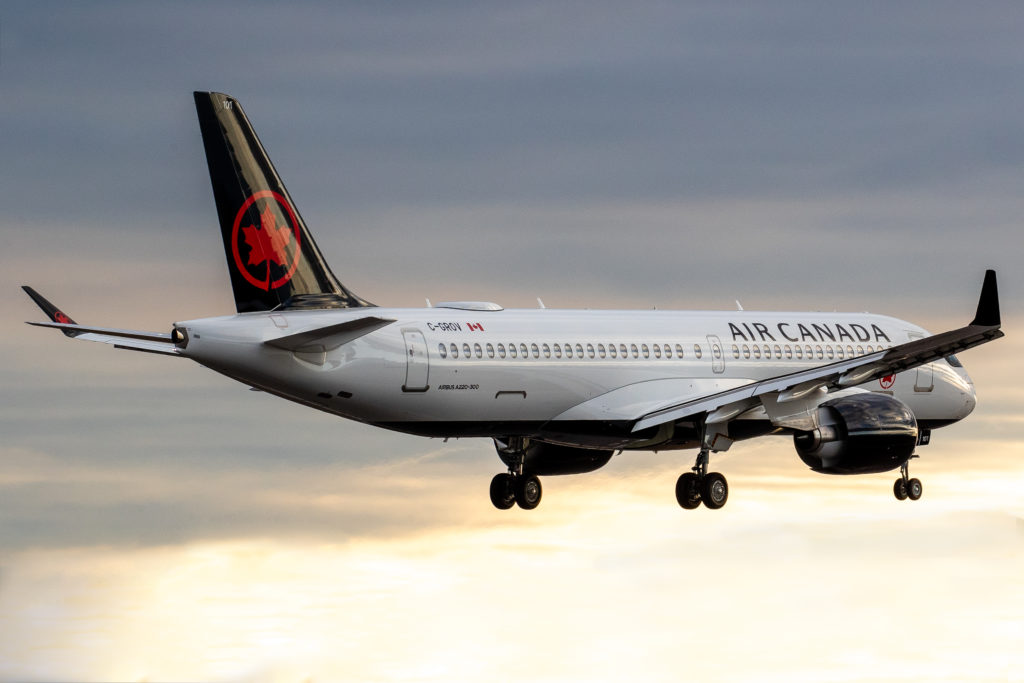
Now, in its 83rd year, Air Canada has added another innovative model to its fleet.
On Feb. 27, 2016, Air Canada signed a letter of intent (LOI) to purchase 45 Airbus A220-300s (then named Bombardier CS300) and to hold 30 options. Based on the list price of US$85 million, the value of the first 45 airplanes was approximately US$3.8 billion. The LOI was finalized on June 28, 2016.
Some of the A220s will replace Air Canada’s remaining fleet of Embraer E190s, with the remainder used for some route expansion. Air Canada had previously ordered Boeing 737 Max 8s to replace its Airbus A320s. The grounding of the MAXs on March 13, 2019, deferred the retirement of its A320s. The average age of the airline’s 39 remaining A320s was approximately 26 years at Sept. 30, 2019.
With 18 Airbus A220-300s due to be in service by the end of 2020, Air Canada now expects to retire 19 A320s from its fleet during 2020. Only 14 of the 97-seat Embraer E190s remained in the fleet at the end of 2019.
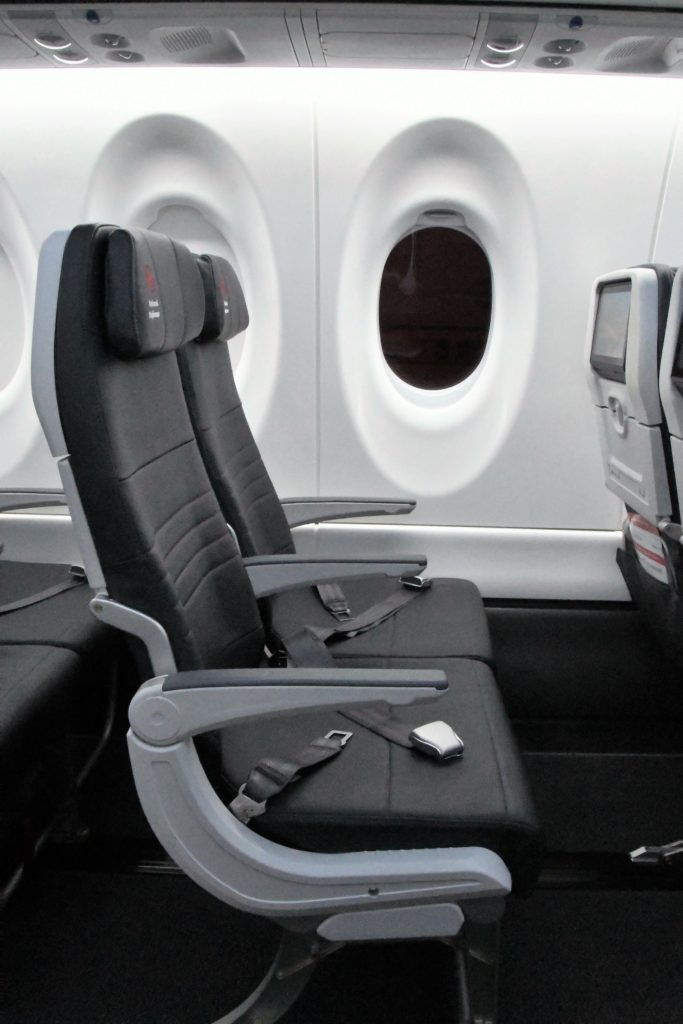
‘
The new airplane’s role
While the aging A320-200 and the new A220-300 are capable of carrying similar passenger loads, a key difference between the two is range. The A220-300’s ability to fly 33 per cent farther suggests that it will be an extremely valuable weapon in the ongoing battle for market share.
Skies discussed the addition of the new airplane with Mark Galardo, Air Canada’s vice-president, Network Planning. Having been involved with the background research and route analysis that led to the decision to acquire the A220s, he is understandably keen on seeing the aircraft strategically deployed.
When asked what specific role the A220s will play for Air Canada, Galardo noted that they could be used to develop traffic on new long and thin city pairs; build frequency on key North American spokes into Air Canada’s hubs at Toronto, Montreal and Vancouver; and provide an appropriate amount of capacity on seasonal routes.
With the A220-300, the airline intends to attract passengers that might otherwise travel within competitors’ networks. This strategy is reflected in Air Canada’s decision to launch the A220 aircraft into service on May 4, 2020, on two completely new routes: Toronto to San Jose, Calif.; and Montreal to Seattle, Wash.
Operational experience
In order to appreciate how the A220-300 has performed, Skies approached the two airlines that have the largest number of the type in service.
Swiss International Air Lines
Swiss was the A220’s launch customer and currently operates nine A220-100s and 20 of the larger A220-300s. When Skies asked Swiss spokesperson Sonja Ptassek how the operating cost of the A220-300 compared to its predecessor, she revealed that fuel consumption is 20 to 25 per cent lower compared to the Avro RJ100.
When asked about the type’s role within the Swiss system, she said, “With this aircraft, we are able to operate on longer routes, as well as at operationally challenging airports with short and more complex approaches, such as London City or Florence.”
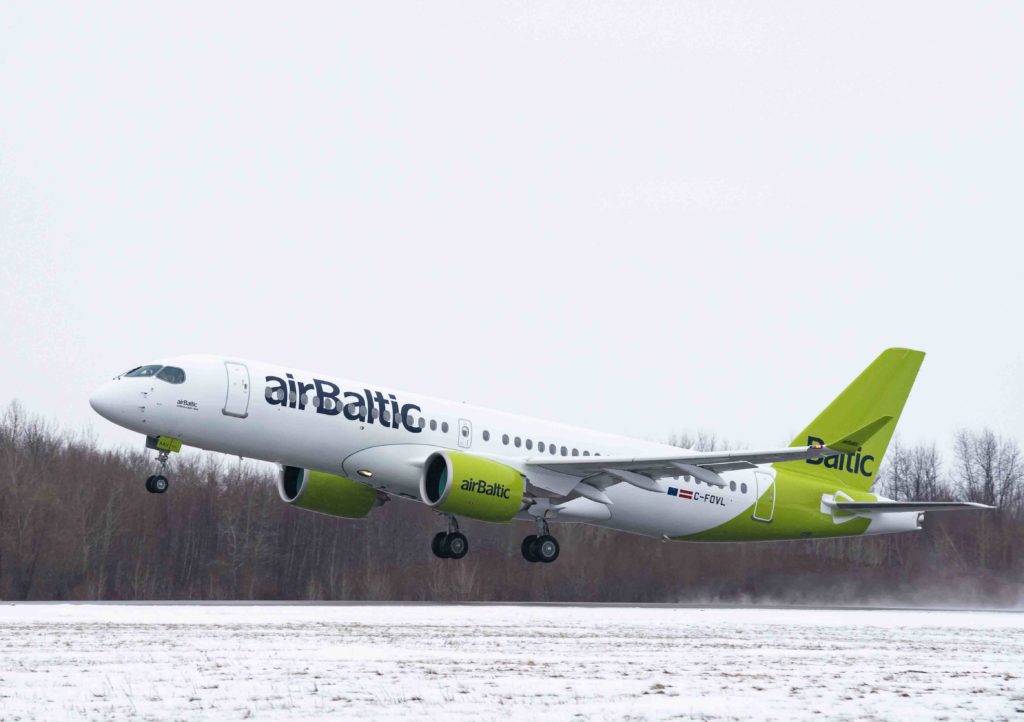
AirBaltic
The Latvian carrier currently operates 20 A220-300s. Since November 2016, the type has carried over four million passengers on more than 40,000 flights. Daily utilization has been as high as 18 hours.
In May 2018, the company announced that it would standardize its fleet on the type and have as many as 80 units operating by the end of 2024.
AirBaltic spokesperson Ilva Priedniece told Skies that the aircraft flies short routes (Riga-Tallinn, 152NM, 0:50 block time) and long routes (Abu Dhabi-Riga, 2,360NM, 6:35 block time).
Amber light
In October 2017, Air Baltic briefly grounded its seven A220-300s so that their Pratt & Whitney PW1500G engines could be inspected. More recently, Swiss experienced three in-flight engine shutdowns in July, September and October of 2019. After two days of inspections, all 29 of its A220s were back in business.
On Oct. 25, Transport Canada issued an emergency airworthiness directive ordering PW1500G engines to be limited to 94 per cent of maximum thrust while above 29,000 feet.
Delta Air Lines of Atlanta, Ga., has not had to remove any of its 27 A220-100s from service. Delta’s Morgan Durrant told Skies, “We are compliant with the directives from the U.S. FAA regarding the engine, which means we have been and will continue to meet or exceed inspection guidance.”
Delta expects to be operating 95 A220s by mid-2023.
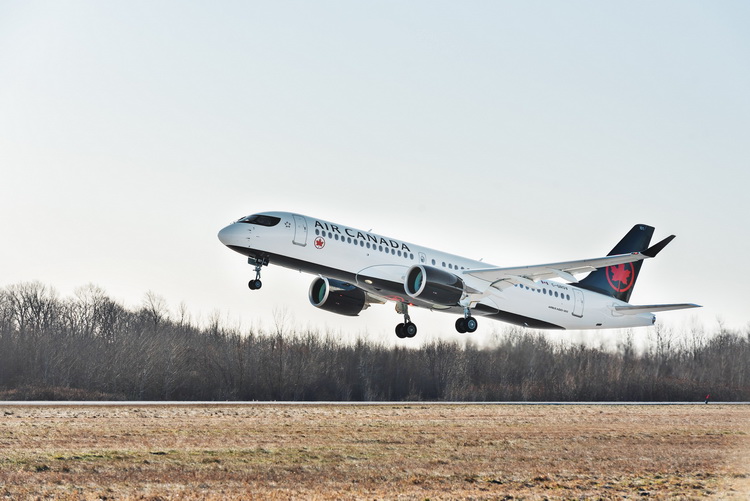
Final thoughts
Air Canada is proud to have played a role in the success of a Canadian airliner program that, for a period of time, had a questionable future.
As its Mark Galardo noted, “We believe our order helped secure the program and built momentum to future orders of the aircraft.”
With its improved fuel efficiency, reduced carbon footprint, quieter engines and more comfortable cabin, the A220-300 is expected to be well received by Air Canada’s customers, employees and shareholders.
Air Canada’s ultimate blessing of the A220 was provided by its president and chief executive officer. When Skies asked Calin Rovinescu to comment on the new type, he responded, “The game-changing A220, built in Canada, will open up a multitude of new routes for us – where we either did not previously have the range with other narrowbodies or could not justify a widebody. We are super excited to introduce it.”




